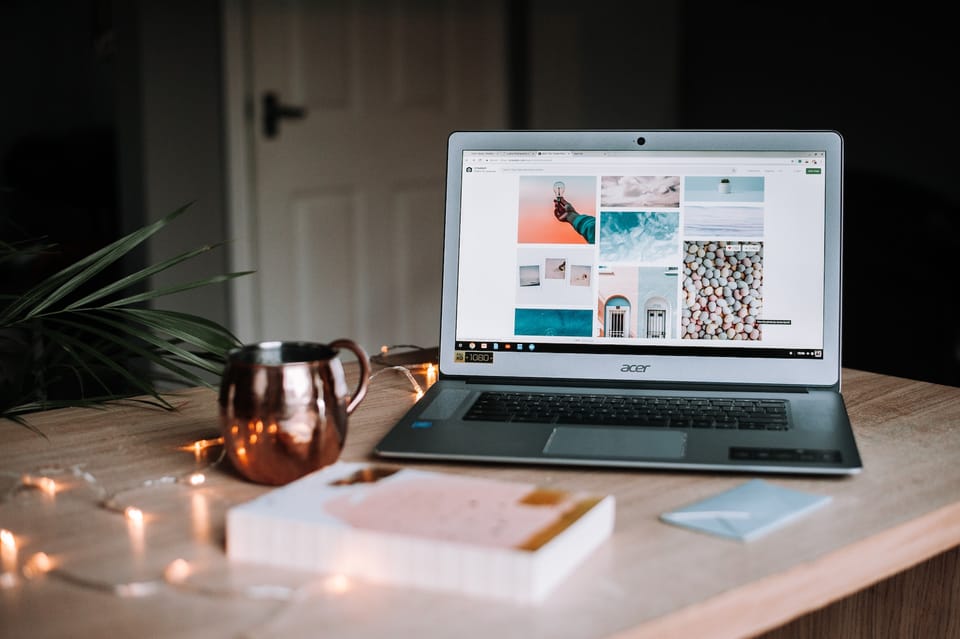The Future of Art: Understanding AI Text-to-Image Generation

Art has always been a means of self-expression and communication, transcending language barriers and cultural differences. Over the years, art forms have evolved, with technology playing an increasingly significant role in shaping the creative process. Today, we stand at the cusp of yet another evolution in the world of art—AI-powered text-to-image generation.
This revolutionary technology has the potential to redefine how we create, consume, and share art. In this article, we'll delve into the world of AI text-to-image generation, exploring its capabilities, applications, and future prospects.
What Is AI Text-to-Image Generation
AI text-to-image generation is an advanced technology that uses artificial intelligence to create visual representations based on textual descriptions. In simpler terms, it's an AI that can "read" a piece of text and generate an image accurately depicting the content and context of the text. This fascinating technology leverages complex algorithms, machine learning, and deep learning techniques to understand and interpret text data and generate corresponding images.
The Process behind AI Text-to-Image Generation
The process of AI text-to-image generation typically involves three essential steps:
1. Text Processing and Analysis: This initial stage involves the AI system "reading" and analyzing the input text. Using natural language processing (NLP) techniques, the AI identifies and extracts critical information such as keywords, concepts, and context.
2. Image Synthesis: In this stage, the AI system uses deep learning algorithms to generate an image based on the extracted information from the text. The process usually involves generative adversarial networks (GANs), which consist of two neural networks—a generator and a discriminator—working together to create realistic images. The generator creates images based on the input text, while the discriminator evaluates the generated images and provides feedback to the generator.
3. Refinement and Optimization: The final step involves fine-tuning the generated images to ensure greater accuracy and visual appeal. The AI system may iterate through multiple versions of the image, refining and optimizing it until it achieves the desired level of quality and detail.
Applications of AI Text-to-Image Generation
The potential applications of AI text-to-image generation technology span across various industries and domains. Some notable use cases include:
1. Digital Art and Design: Artists and graphic designers can leverage AI text-to-image generation to create new and innovative visual content. It can help them quickly generate ideas, experiment with styles, and refine their artwork, opening up new creative possibilities.
2. Advertising and Marketing: AI-generated images can be used to create compelling visual content for advertising and marketing campaigns. By providing textual descriptions of the desired visuals, marketers can obtain tailor-made images that resonate with their target audience.
3. Entertainment and Gaming: AI text-to-image generation can be used to create unique characters, settings, and scenes for movies, animations, and video games, making the creative process more efficient and cost-effective.
4. Education and Training: In educational settings, AI-generated images can help make learning more engaging and interactive. For example, textbooks or online courses can be enhanced with visuals generated based on the text, aiding in comprehension and retention.
5. Customization and Personalization: AI-generated images can be used to create personalized content for individual users, enhancing user experiences across various platforms and applications, such as social media, e-commerce, and more.
The Future of Art with AI Text-to-Image Generation
While AI text-to-image generation technology is still in its nascent stage, its rapid advancements and growing applications hold immense potential for the future of art. As technology evolves, we can expect to see more sophisticated and accurate image-generation capabilities, paving the way for new forms of artistic expression and collaboration.
One possible development is the emergence of AI-assisted art, wherein artists and AI work together in the creative process. Artists can use AI-generated images as a starting point, refining and modifying them to create unique and innovative works of art.
Another trend to watch out for is the democratization of art through AI-generated images. With the proliferation of AI text-to-image generation tools, anyone with access to a computer and the internet can produce high-quality images without any formal training in art or design. This could lead to a more diverse and inclusive art scene, with a wider range of perspectives and styles represented.
Conclusion
AI text-to-image generation has the potential to transform the world of art, empowering artists, designers, marketers, and educators to create high-quality visuals quickly and easily. As AI continues to evolve, we can expect to see new forms of artistic expression and collaboration, leading to a more diverse and inclusive art scene. The future of art with AI text-to-image generation is bright, and we're excited to see where it takes us next.
Are you ready to take your visual content to the next level? Then let Kartiv revolutionize the way you create images! With our state-of-the-art AI text-to-image generator, you can transform your written ideas into stunning graphics in seconds. Whether you're a blogger, marketer, or designer, our platform empowers you to produce high-quality visuals that captivate your audience and boost engagement. So why wait? Sign up now and discover the limitless possibilities of Kartiv!
